SEARCH






|
|
|
|


Part 1
This lines do not intend to be some kind of a lesson. They are just some loose thoughts about BW processing as some personal approach. It´s just a way, among thousands, to “see” and “look” at BW, just hoping that this can actually add something and also be useful for anybody else.
Of course a particular way of BW processing is always linked to the genre or type of photography we are searching for to do.
In my case: I like to find the geometry in architectural subjects, to find geometry in some street subjects and even in close ups. However in the end, it is the final BW extraction that makes me move forward.
So during shooting I´m always thinking of what BW options that particular shot can give me later for post-processing with my desktop pc. I fail many times in this kind of analysis because often the final BW is totally different than what I thought it would be. But I find this exercise I do on location since my early times in photography most useful to develop BW skills. Like I said not because I always have the right BW solution for a particular subject but because it gives me a hand full of solutions for later use in other pictures. I thought of a particular solution for one other picture, but then it didn´t work, let´s try it here. Is the subject made of wood and metal, or cement and stone...? Well there are many ways for processing this kind of materials and trying to visualize a BW solution at location gives me a slight advantage later in the post processing work.
So, in my photography approach and most of the times, basically I try to connect shapes, patterns, light and tones, sometimes including people in the frame and sometimes not, but when I join people to the composition I always try that they work as another linking element in a geometric frame, thinking not about the person itself but the vertical line someone represents in a geometric composition. This linking element can be a static element or a dynamic element but always working to link different parts of the frame.
Incorporating lines, shapes and shadows into images.
I see it as a balance play. It will be a useful try to measure the visual weight of the elements in the composition.
That visual weight is given by the particular shape of the element and his relationship with the others and not just by its size. If I look at a tree on one side and a (classic) house on the other I must see a cylinder and a sphere (tree) and a regular polygon (walls) with a trapeze above (roof). If there is a person near the background, I must consider not a person but, maybe, one vertical line.
For this kind of analysis, the better way to look at a composition, with this method, is to wonder how a 7 or 8 years old child would draw that particular frame on a paper. Of course the brain in that age makes a reduction of the world to the basic lines and shapes, and to represent a tree or a house the child will draw the main lines and the basic shapes of the elements it is seeing. And seeing the world like that again is a powerful tool for the photographer.
Another great example is the sea. The sea, in a geometric composition is not water. The sea is just a huge amount of small horizontal and curved lines bouncing in different frequencies.
So, in a pure geometric/formal analysis of a composition it´s very hard to make it work like that, in a proper balanced way..., because of those horizontal non-linear frequency lines that water (sea, river, ect) represent, often, visual noise or distracting elements that interfere with the direct linking you may want to do with the other elements. This does not happen when the photographer actually can include these bouncing lines as part of the composition itself and they can be included as a part of the composition.
And now, the ND filters make much more sense for this kind of narrative: they clean the frame of that huge amount of noise and give me a straight clean ground to support the other elements or to lay some lines to linking them in a more pure/direct way.
Funny how it works in the opposite way for the sky: landscape BW photographers make great use of this knowledge and use ND filters to make powerful clean visual guide lines with clouds, or just for to soften the large volume of stormy weather, and to force our attention to the landscape shapes and patterns on the ground. Clouds, themselves, in their “natural” form are shapes and non-regular volumes and if those shapes and volumes are too powerful (big drama powerful cloudy/stormy skies) they could completely jeopardize the ground composition with a very powerful cloudy sky. So, in this context, in a geometric/design/formal narrative for BW, cleaning the sky is just making those lines (most of the time in a diagonal way) in the sky and try to take advantage of them and use them to link the ground elements (in a sense and context of scale, distance, perspective, for visual dynamics, etc).
The same holds true for the shadows. Shadows are just geometric shapes that lead our eyes to some place, or distract us from one place to another. The alternative is to look at them as just another geometric element of the composition.
As a geometric element of the composition they could be shapes/polygons (regular or non-regular), or lines (the branches of a tree in the water or on a wall), straight or curved. As we start looking at them like this we also start to make a different evaluation and analysis of the composition.
Shadow shapes seen as polygons or lines have visual weight not only because of the shape itself but because of the tone. Black as well as white shapes are heavier than grey shapes (the more neutral grey they are the less they weight); round shapes (wheels shapes for example) are more instable than polygonal shapes but less aggressive, but spheres, on the other hand, are more dynamic than those polygon shapes. Line shadows make connections with polygon shapes (real or other polygon shadows) in the frame and we may want or not want those connections in the frame. Frequently also, shadows are a subdued element of the composition, in street shooting for example the shadow of a person may have great use for a mysterious mood for leaving questions to the viewer, but the way those shadows are represented (short shadow, long shadow, diagonal, vertical or horizontal shadow) and understanding how those different shadow positions influence the mood of the picture is very important to achieve a successful image.
 | Write |
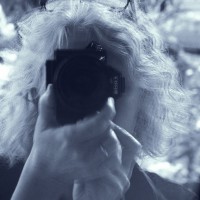 | Lyn Hungerford I came to this article after reading part 2... part 2 is even better than part 1! Unfortunately you can't view most of the images in part 1 any more... Many thanks Yvette and Paulo. Paulo - your "loose thoughts" are invaluable and offer wonderful input for my own photography as I begin looking into B&W, Lyn |
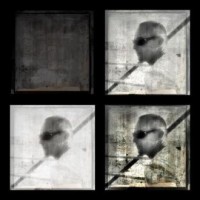 | Paulo Abrantes PRO glad you like it, Lyn, you are welcome. wish you a great weekend ahead. Paulo |
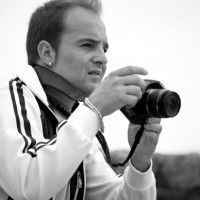 | Ruben Redondo thanks!!!
|
 | Paulo Abrantes PRO my pleasure, Ruben |
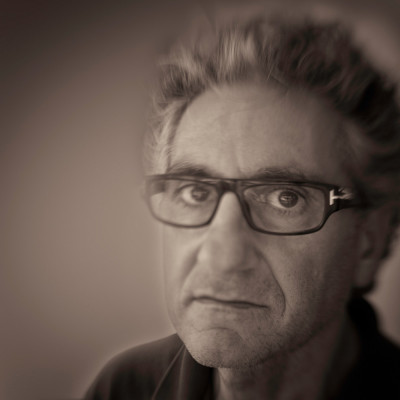 | Vito Guarino PRO Very interestig article; thank you Paulo and Yvette. And also thank you
for adding my photos for the article, I am honored |
 | Paulo Abrantes PRO my pleasure, Vito, congrats for the picture and thank you so much. best regards |
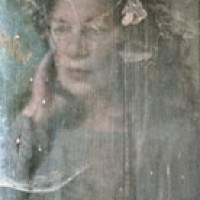 | Tina Fiorenza Hello Paulo,
I read with great interest your notes on Black White, it's always helpful to read the different points of view because they enrich and in life there is always more to learn.
Thanks to you and thanks to Yvette for this wonderful article.
I wish you good evening. |
 | Paulo Abrantes PRO CiaoTina..., grazie mille. wish you a great evening. |
 | Ralf Stelander FOUNDER Excellent article and selection of images Paulo! |
 | Paulo Abrantes PRO so many thanks, Ralf. I´m honored. cheers |
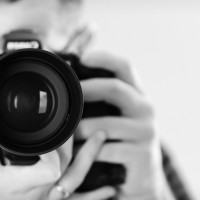 | Graham Daly Great black and white images on display in this article.... |
 | Paulo Abrantes PRO many thx, Graham |
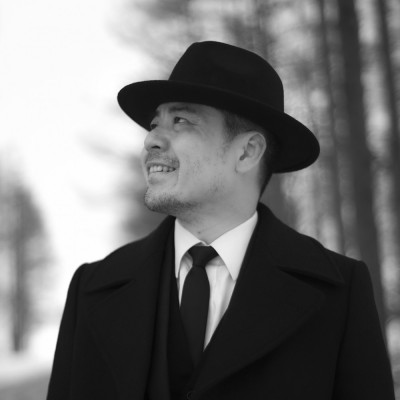 | Hengki Lee Thank you for this feature my dear friend Yvette! It's an honor! |
 | Yvette Depaepe CREW Paulo Abrantes picked out one of your images, dear Hengki. All honour goes to him for writing this article and for this fantastic selection. Congrats, my precious friend ;-) |
 | Paulo Abrantes PRO many thanks, Hengki and Yvette. it was an honor for me. |
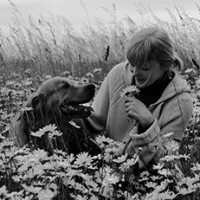 | Anna Niemiec PRO Very interesting article! Congratulations Paulo. Thank you Paul and Yvette. I am honored that my photo is selected for the article. |
 | Paulo Abrantes PRO many thanks, Anna |
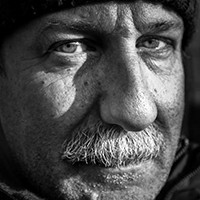 | Enrico Facchetti I'm so Honoured..... thanks a lot. |
 | Paulo Abrantes PRO grazie mille, Enrico |
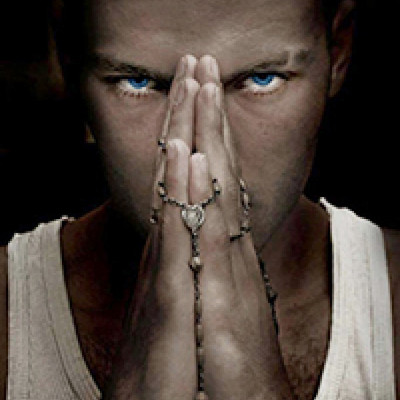 | Fernando Alves Excelente trabalho, Paulo. Gostei muito do que li e vou seguir atentamente o resto artigo, sou parte interessada no mesmo. Grande abraço e bfs. :) |
 | Paulo Abrantes PRO muito obrigado, Fernando. abraço e bom fim de semana |
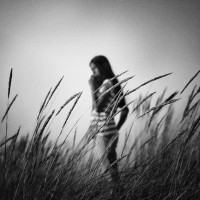 | Laura Mexia Fantastic article ... very interesting and useful ... congrats and thx Paulo and Yvette.
And also thx for adding my photos to ilustrate the text. |
 | Paulo Abrantes PRO many thanks, Laura. wishing you a great weekend ahead, with good light. Cheers |
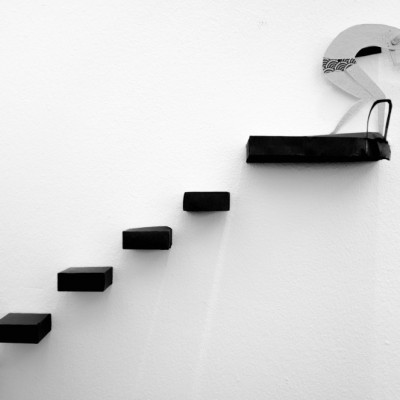 | Olavo Azevedo PRO Sometimes we lose the words to say what we feel on special occasions. I consider Paulo Abrantes one of the current best photographers in the B & W area, not only in the compositional aspect, but also in mining and personal interpretation that makes his works. The rigor and formalism that uses this area takes you to a higher level of assimilation difficult. The simplicity with which speaks / writes about complex things like is the picture black and white B & W is not within the reach of "ordinary mortals". The simple way to interpret the composition reducing it to simple lines, shapes, textures ... show how much we have to walk to see beyond the obvious and achieve your excellence photographic levels. Some of the ideas in this fantastic article, are already known and publicized earlier in specific magazines. Has been chosen one of my photographs to illustrate the clear, instructive and educational article on B & W, not only honors me as leaves me big words. Only, that responsibility will be much higher! Thank you Paul and congratulations. Grande abraço
|
 | Paulo Abrantes PRO many thanks, Olavo, for the non deserved and so nice words. wishing you a great weekend ahead, with good light. Cheers |
 | Yvette Depaepe CREW Thanks for this great article and discussion in depth about Black & White photography, Paulo! Looking forward to part 2. Cheers, Yvette |
 | Paulo Abrantes PRO many thanks, Yvette. wishing you a great weekend ahead, with good light. Cheers |
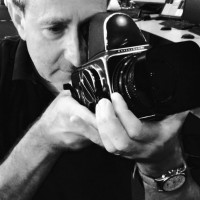 | Nick van Dijk Excellent choices and interesting read; thank you Paulo and Yvette!
Greetings, Nick |
 | Paulo Abrantes PRO many thanks, Nick. wishing you a great weekend ahead, with good light |
 | Nick van Dijk Thank you Paulo, same to you ';-D |